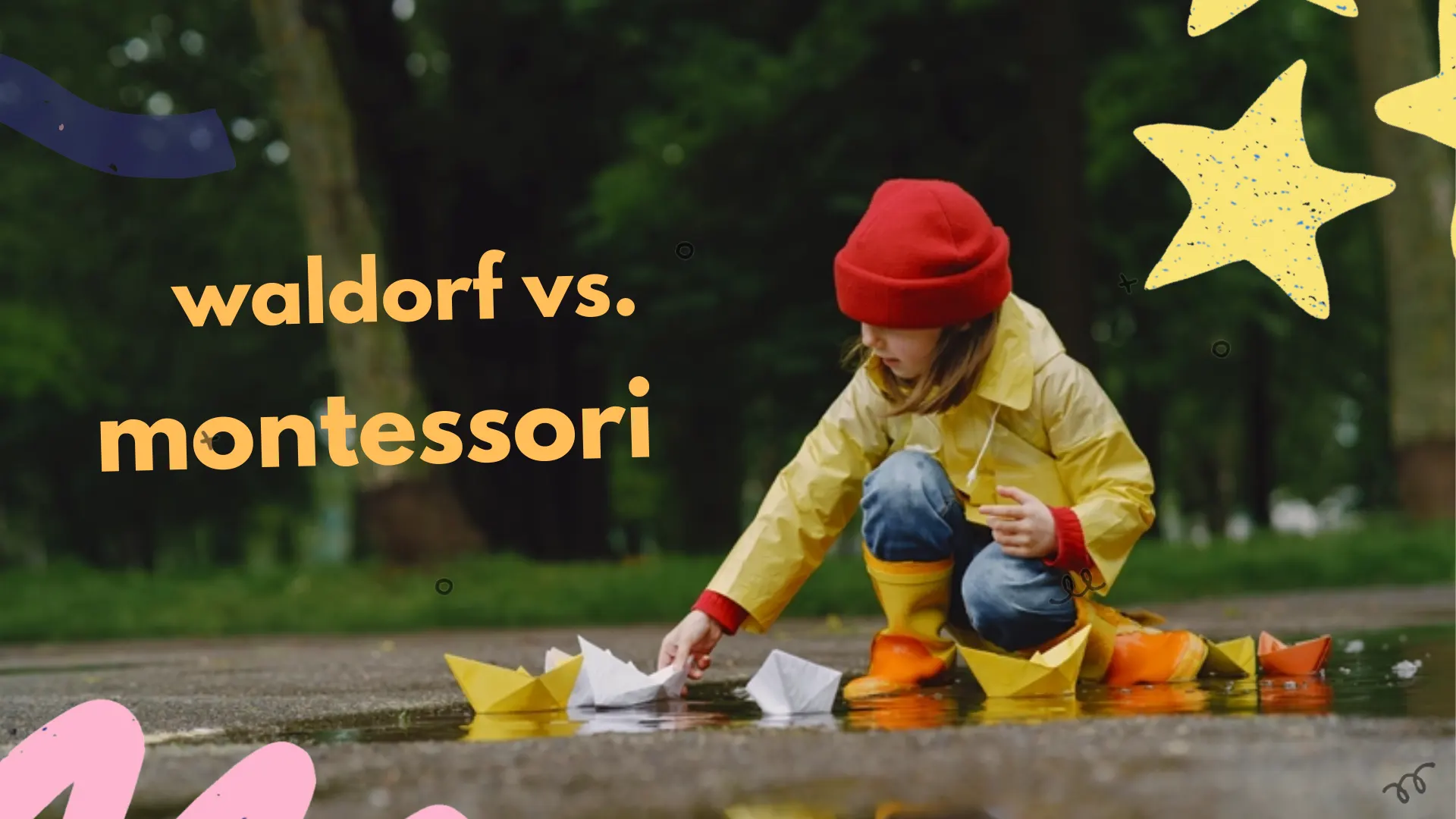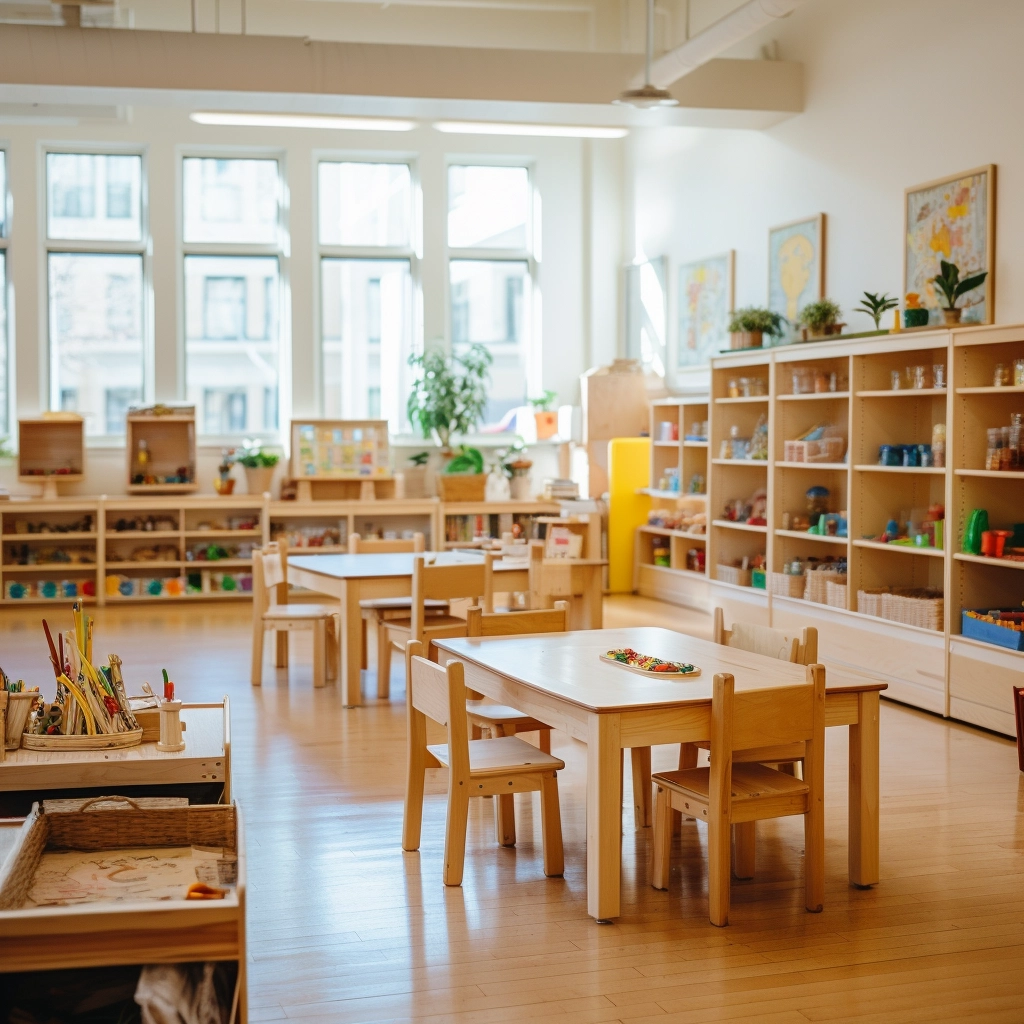Are you struggling to choose between Waldorf vs Montessori for your child or school? Are you curious about how teaching style, classroom setup, and child development goals differ, and which genuinely fits your vision?
The truth is, Waldorf vs Montessori is not just a matter of style. It is a profound difference in philosophy, pace, and daily life. Montessori thrives on independence and real-world learning tools, while Waldorf nurtures imagination, creativity, and emotional growth through storytelling and rhythm.
Both Waldorf vs Montessori approaches have inspired generations of educators and parents. By unpacking their unique values, methods, and learning environments, you can choose the path that best aligns with your child’s needs or your school’s vision. Let’s dive in and uncover the real story behind Waldorf vs. Montessori.
What is Montessori Education?
Montessori education began in the early 1900s when Dr. Maria Montessori, an Italian physician and educator, observed that children learn best through hands-on experiences in a prepared environment. Her method quickly spread worldwide, shaping what many now compare in the Waldorf vs. Montessori debate.
At its core, Montessori emphasizes independence, self-paced learning, and real-world skills. Classrooms are arranged with child-sized furniture, open shelves, and purposeful materials that invite exploration. Teachers act as guides, introducing activities when children are ready, allowing them to build confidence, concentration, and a lifelong love for learning.
What is Waldorf Education?
Waldorf education was founded in 1919 by Austrian philosopher Rudolf Steiner, who believed that learning should nurture the “head, heart, and hands.” This approach grew rapidly, inspiring Waldorf schools and preschools around the world. It is often compared to Montessori in the Montessori vs. Waldorf conversation.
The Waldorf learning style emphasizes creativity, imagination, and rhythm in daily routines. Classrooms use natural materials, follow seasonal themes, and integrate storytelling into lessons. Artistic expression, hands-on crafts, and collaborative activities are central, nurturing emotional growth and a deep connection to the learning environment.
What’s the Difference Between Montessori Vs Waldorf?
Although Waldorf and Montessori are committed to nurturing the whole child, their methods, priorities, and environments differ in many ways. Below, we’ll first break down the key differences that define each approach.
Philosophy
- Montessori: The Montessori approach fosters independence and allows children to learn at their own pace. The philosophy holds that children are naturally curious and can direct their learning in a carefully prepared environment. This self-directed structure is a defining feature in the Montessori vs Waldorf discussion.
- Waldorf: Waldorf education strongly emphasizes creativity, imagination, and moral development. Rudolf Steiner believed education should be holistic, balancing the child’s emotions, creativity, and intellect. This distinguishes the Waldorf learning style from Montessori’s more practical, real-world focus.
Curriculum
- Montessori: The Montessori curriculum introduces practical life skills, math, science, and language from an early age. Lessons are often individualized, allowing children to progress through materials as they master them. This early academic start is one of the most notable differences between Montessori and preschool models.
- Waldorf: Waldorf education preschool delays formal academics until about age seven. Instead, it focuses on storytelling, seasonal activities, music, and arts to develop a love of learning. Academic skills are introduced gradually, in harmony with a child’s developmental readiness.
Core Subjects Focus
- Montessori: Subjects like math and language are taught explicitly using hands-on, self-correcting materials. Science and geography are integrated early, often through exploration and experiments.
- Waldorf: Academics are taught through narrative, arts, and projects rather than direct instruction. Math might be introduced through rhythmic games or painting, blending subjects with creativity.
Classroom Structure
- Montessori: Classrooms are organized into distinct learning areas: practical life, sensorial, math, language, and culture. Children move freely between stations and select their work independently.
- Waldorf: The classroom is arranged for group activities, with space for circle time, crafts, and storytelling. Movement, music, and seasonal decorations are central to the space.
Classroom Environment
- Montessori: The environment is simple, orderly, and designed at the child’s height. Furniture is functional and proportioned for children, reflecting the independence-focused Montessori method.
- Waldorf: Classrooms are warm, home-like, and filled with natural materials like wood, wool, and silk. The atmosphere aims to feel nurturing and inspire imagination.
Learning Materials
- Montessori: Materials are precise and purposeful, each designed to teach a specific skill. They are self-correcting, enabling children to assess their progress.
- Waldorf: Materials are open-ended, allowing children to use them imaginatively. Toys are often handmade, simple, and free of bright plastic.
Role of Arts and Creativity
- Montessori: Arts are included but not the central focus. Children can engage in music, painting, or crafts alongside academic subjects.
- Waldorf: Arts are woven into almost every lesson, from watercolor painting to dramatic plays, making creativity a daily priority.
Role of Imagination
- Montessori: The method favors real-life experiences over fantasy for young children, believing reality-based play builds a stronger learning foundation.
- Waldorf: Imagination is central, and fantasy stories, fairy tales, and role-play are vital to child development.
Use of Technology
- Montessori: Technology may be introduced in later years as a tool for research or creative projects, but it is not central in early education.
- Waldorf: Digital devices are generally avoided in early education, with a strong preference for human interaction and sensory experiences.
Individualized Instruction
- Montessori: Learning is highly individualized, with teachers observing and guiding children to the next challenge when they are ready.
- Waldorf: Teachers adapt activities to suit each child’s developmental stage while lessons follow a group rhythm.
Age Grouping
- Montessori: Multi-age classrooms, often spanning three years, encourage peer teaching and cooperative learning. Younger children learn from older peers, and older students reinforce their skills by mentoring.
- Waldorf: In Waldorf schools, children often stay with the same teacher for several years, sometimes through the entire primary cycle. This continuity builds strong bonds and stability.
Role of the Teacher
- Montessori: Teachers act as guides, stepping back to allow the child to take the lead. They carefully observe, provide materials at the right time, and ensure the environment supports each learner’s progress.
- Waldorf: Waldorf teachers are active leaders, storytellers, and facilitators of group experiences. Their role extends beyond academics to fostering emotional and social growth.
Daily Rhythm
- Montessori: The daily schedule is flexible, with long, uninterrupted work cycles that allow children to fully engage with their chosen activities.
- Waldorf: Waldorf follows a predictable daily rhythm that alternates between focused work, artistic expression, outdoor play, and rest, providing a sense of security and flow.
Assessment
- Montessori: Assessment is based on observation and mastery of skills, with teachers documenting progress over time. There are no traditional grades, focusing instead on personal growth.
- Waldorf: Waldorf assessment is narrative-based, with detailed reports on a child’s academic, social, and artistic development. Testing is minimal in the early years.
Development Focus
- Montessori: Prioritizes building independence, self-discipline, practical competence, and academic achievement.
- Waldorf: This school nurtures creativity, emotional well-being, and social harmony. Academics are integrated at a developmentally appropriate pace.
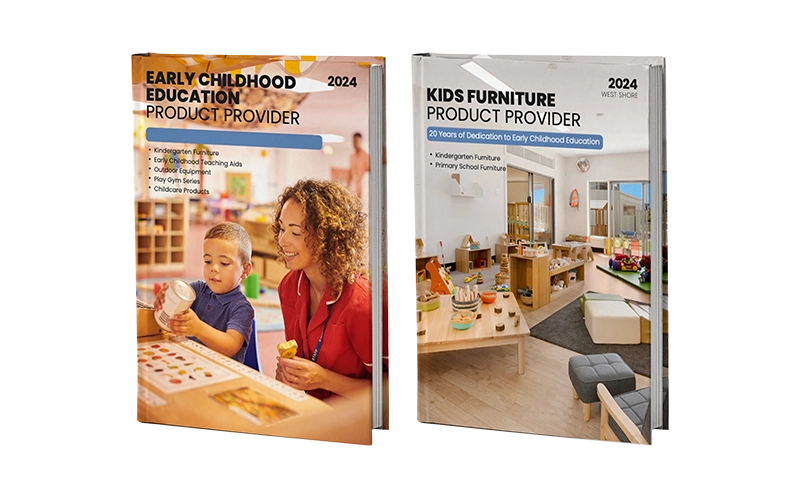
Waldorf vs Montessori Comparison Table
To make it easier for parents and educators to compare, we’ve created a quick-reference table summarizing the core differences between Waldorf and Montessori education across multiple areas.
| Aspect | Montessori | Waldorf |
|---|---|---|
| Educational Focus | Practical life skills, sensory learning, and early academics | Imagination, emotional development, and delayed academics |
| Introduction of Academics | Begins early with math, reading, and science through materials | Delayed until around age 7, focus on play and storytelling |
| Structure | Highly structured environment with child-chosen work | Teacher-led rhythm with more flexible, artistic activities |
| Creativity | Encouraged through purposeful tasks and real-world materials | Central to learning, emphasized through art, music, and fantasy |
| Teacher Role | Guide or observer, allowing independence | Leader and storyteller, directing class activities |
| Classroom Materials | Real-life tools, self-correcting, designed for independent use | Natural materials, artistic tools, and fewer pre-defined academic aids |
| Technology Use | Limited, especially in the early years | Strongly discouraged in early childhood |
| Age Grouping | Mixed-age classrooms (usually 3-year span) | Often, same-age groups, though some schools may blend ages |
| Assessment Method | Observation-based, no grades or tests | No testing or grading, focus on developmental progress |
| Parental Involvement | Encouraged in supporting the child’s independence at home | Strongly encouraged, often includes seasonal festivals and community events |
Similarities Between Waldorf and Montessori
Waldorf and Montessori may follow different philosophies, but they share a number of meaningful principles that distinguish them from conventional education. The following aspects illustrate their shared values in nurturing young learners.
- Child-Centered Learning
Both Waldorf and Montessori emphasize education that revolves around the needs and interests of the child. Teachers act as guides, allowing children to explore at their own pace instead of following rigid schedules. - Respect for Individual Development
Each approach values the uniqueness of every child. Both systems believe that children develop skills and understanding at different times, and classrooms are designed to respect and nurture these differences. - Hands-On Learning
Practical, experiential learning is a cornerstone of Waldorf and Montessori. Children engage directly with materials and real-life activities, encouraging deep understanding rather than memorization. - Mixed-Age Classrooms
Both Waldorf and Montessori schools often group children of different ages together. This allows younger children to learn from older peers and gives older children opportunities to mentor and lead. - Focus on Creativity and Imagination
Although Montessori leans more toward real-world activities and Waldorf emphasizes storytelling and the arts, both encourage creativity as a vital part of child development. - Whole-Child Development
Waldorf and Montessori seek to educate not only the intellect but also the emotional, social, and physical aspects of the child. Learning is seen as a balance of mind, body, and spirit.
Ready to design a space that inspires learning? Connect with us to create customized furniture solutions tailored to your classroom needs.
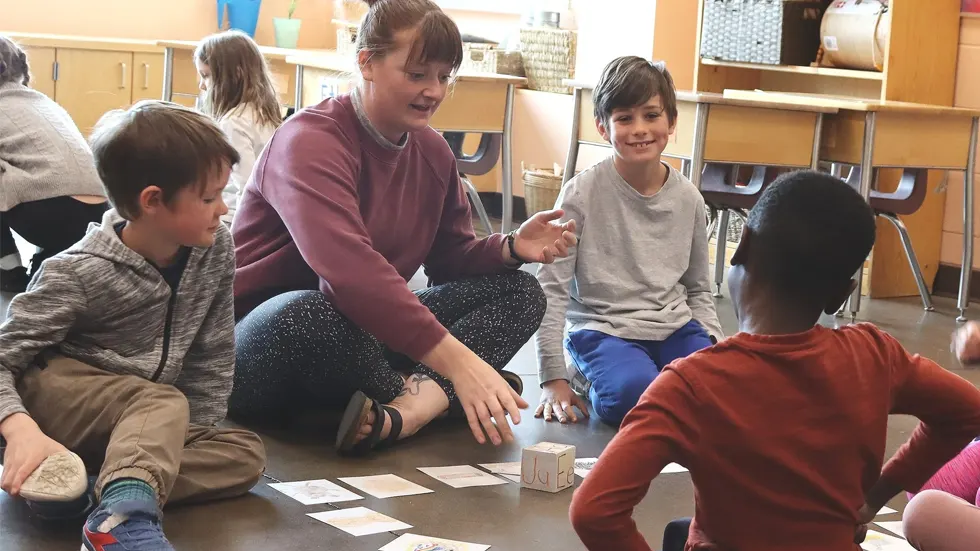
How Do Waldorf Vs Montessori Approaches Impact a Child’s Social Development?
Montessori
In the Montessori method, social development grows naturally from the mixed-age classroom structure and the emphasis on independence. Children from different age groups work side by side, encouraging mentoring and peer learning. Younger students observe and learn from older ones, while older children reinforce their knowledge by helping their peers. This dynamic builds confidence, empathy, and cooperation without forced group activities. Teachers act as guides, allowing social interactions to happen organically rather than orchestrating them at every moment.
The Montessori environment also promotes conflict resolution skills. Because children can choose their activities, they frequently negotiate shared spaces, materials, and schedules. Teachers model respectful communication and guide students in resolving disputes calmly, fostering mutual respect. Over time, this creates a culture where children feel valued as individuals while learning how to collaborate effectively. This social skill set is often noted by parents as a strength when comparing Montessori vs Waldorf outcomes.
Waldorf
In the Waldorf learning style, social development is deeply integrated into the daily rhythm of the classroom. Children often remain with the same teacher and classmates for several years, building long-term relationships that foster trust, empathy, and a strong sense of belonging. Group activities like storytelling, seasonal celebrations, and artistic projects encourage collaboration and shared experiences, strengthening bonds within the class community.
Waldorf teachers strongly emphasize cooperative play and group participation rather than competition. Through activities like circle time, music, and drama, children learn to listen, take turns, and appreciate each other’s contributions. This emphasis on community and shared responsibility shapes children into socially aware individuals who value connection over individual achievement. In the Montessori vs. Waldorf debate, Waldorf is often praised for creating warm, cohesive social environments that feel like extended families.
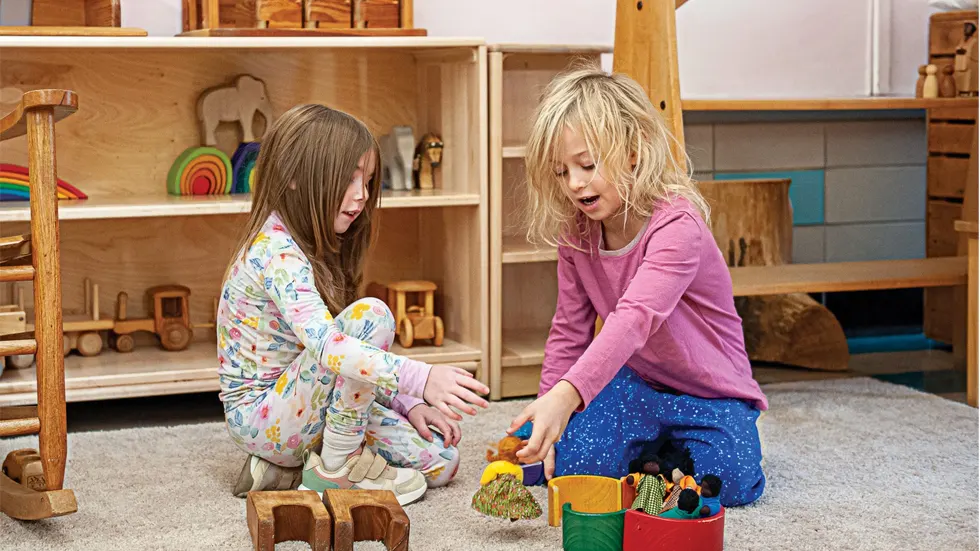
Waldorf vs Montessori: Recommendations for Parents
Both Waldorf and Montessori schools have unique strengths, but the right choice depends on your child’s personality, needs, and the environment where they thrive. Rather than asking which method is “better,” focus on which one aligns more closely with your child’s learning style and your family’s values.
To help you decide, ask yourself:
- Will my child benefit from the freedom to choose activities and work independently with hands-on materials?
- Does my family value early exposure to academics, or do we prefer a slower, play-centered approach to learning?
- Would my child enjoy a calm, structured classroom with clearly defined work areas, or a warm, artistic space filled with storytelling and seasonal rhythms?
- Is building independence through practical tasks more critical, or do we want creativity and imagination central to their daily experiences?
- How important is minimizing technology use in early education for our family?
Montessori may be right if your answers lean toward independence, real-world skills, and early academic readiness. The Waldorf learning style might better prioritize creativity, community, and emotional growth. The perfect school for your child is out there, and the key is finding the one where they feel inspired, secure, and eager to learn.
Conclusion
The fundamental difference between Waldorf and Montessori becomes even clearer when you see them in action. In the following case studies, you’ll find real-world examples of kindergartens we’ve helped design and furnish — from Montessori classrooms with precise, organized work areas to Waldorf spaces alive with color, texture, and seasonal warmth.
As a supplier working with schools across North America, Europe, and Australia, we’ve tailored furniture and layouts to match each philosophy’s unique needs. You’ll see how child-sized shelves and workstations support independence in Montessori settings, while handcrafted wooden furniture, nature tables, and open play areas create the nurturing, imaginative atmosphere of Waldorf classrooms.
Waldorf:
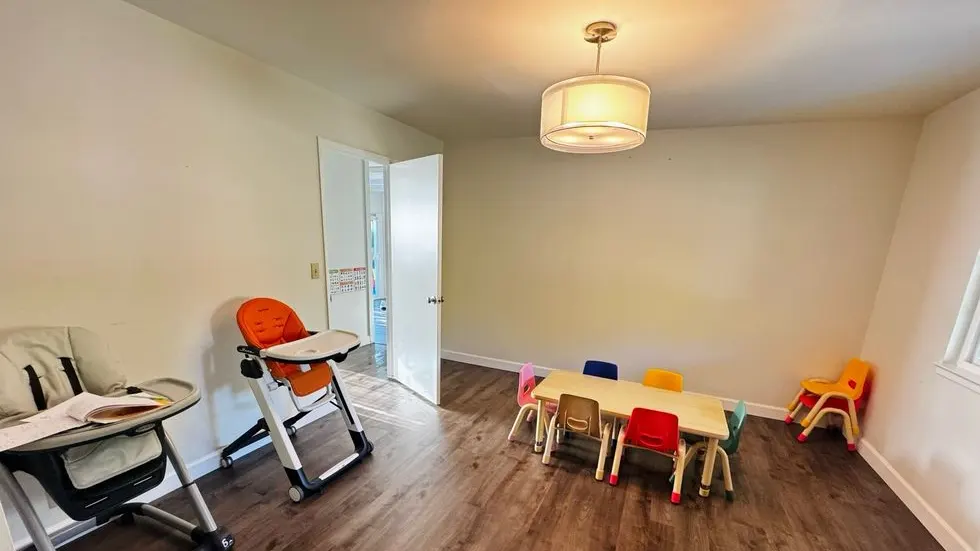
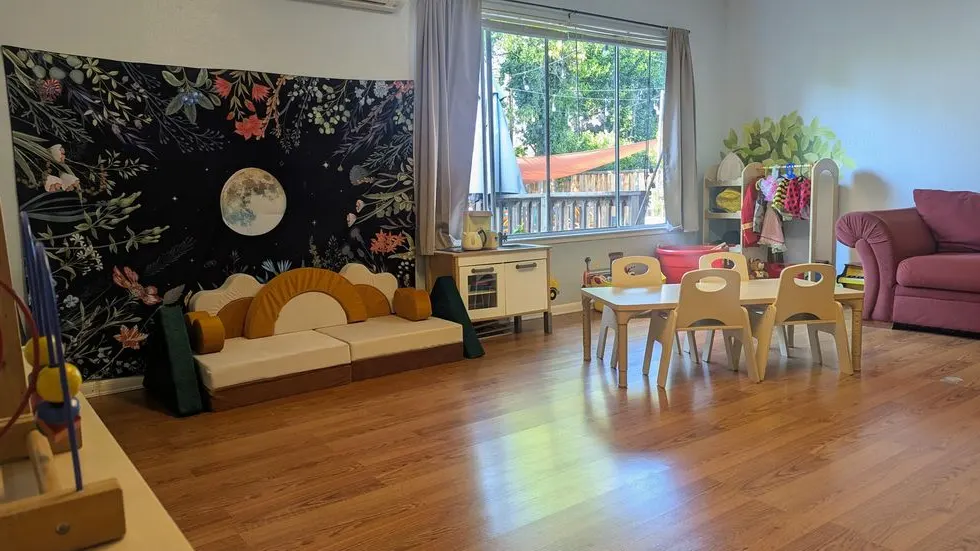
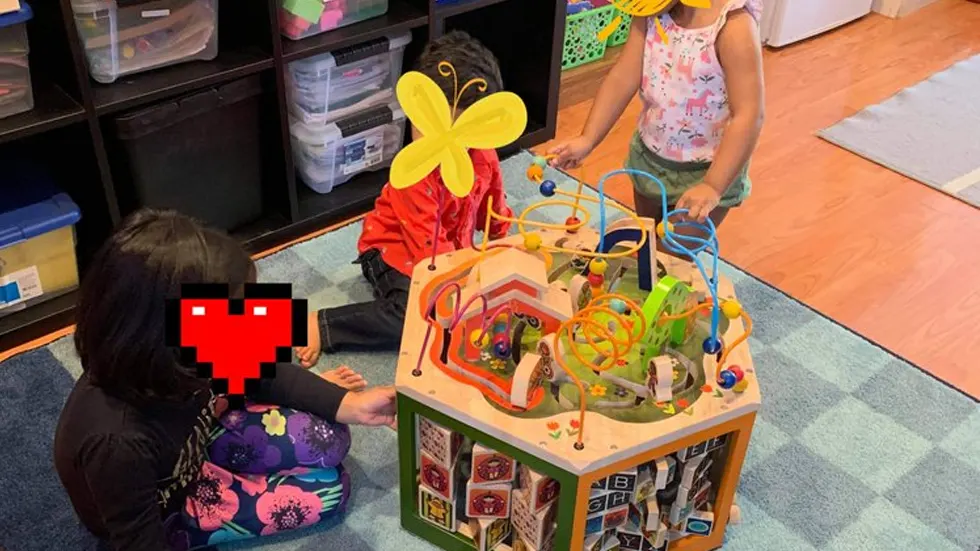
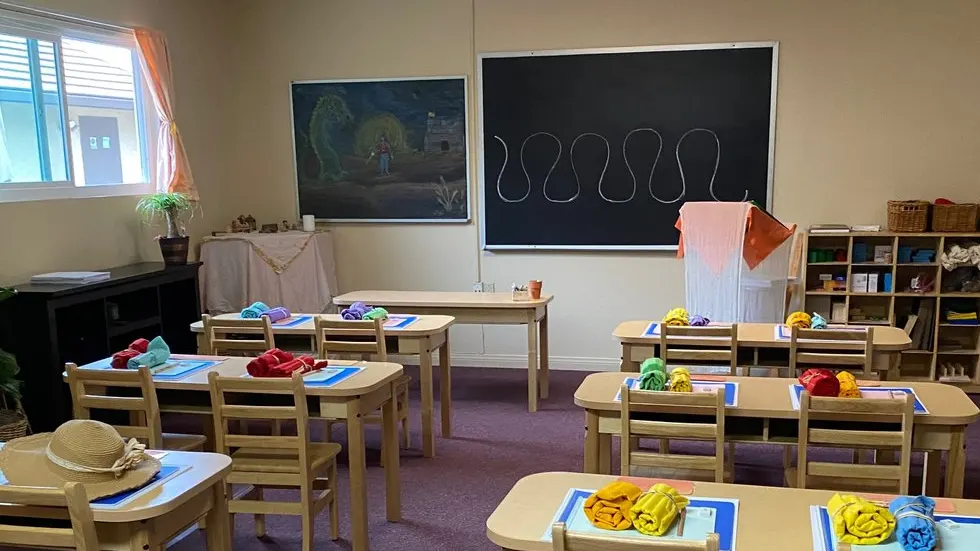
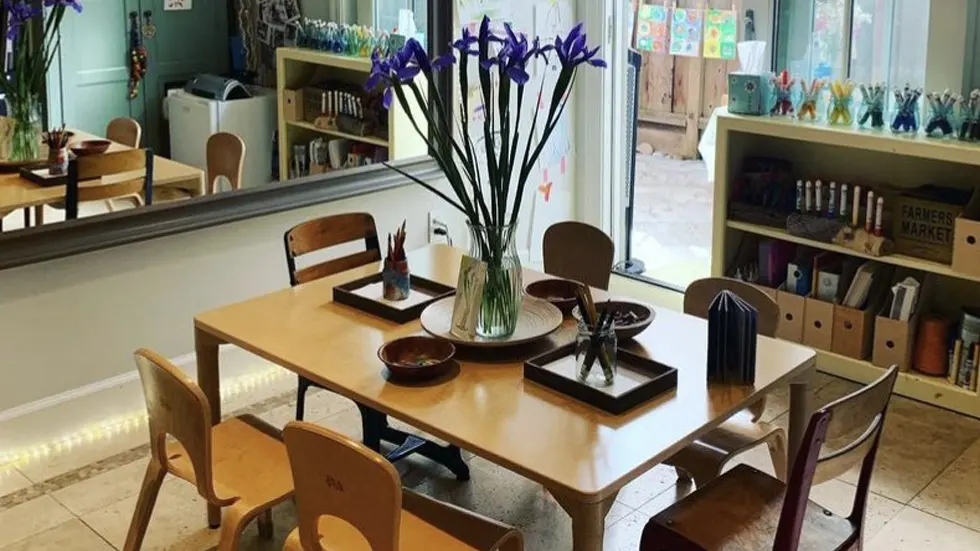
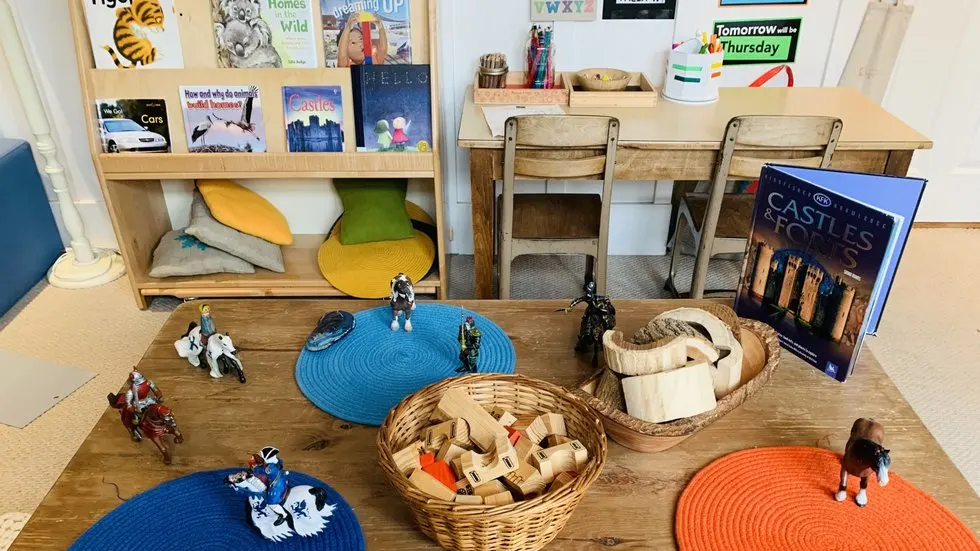
Montessori:
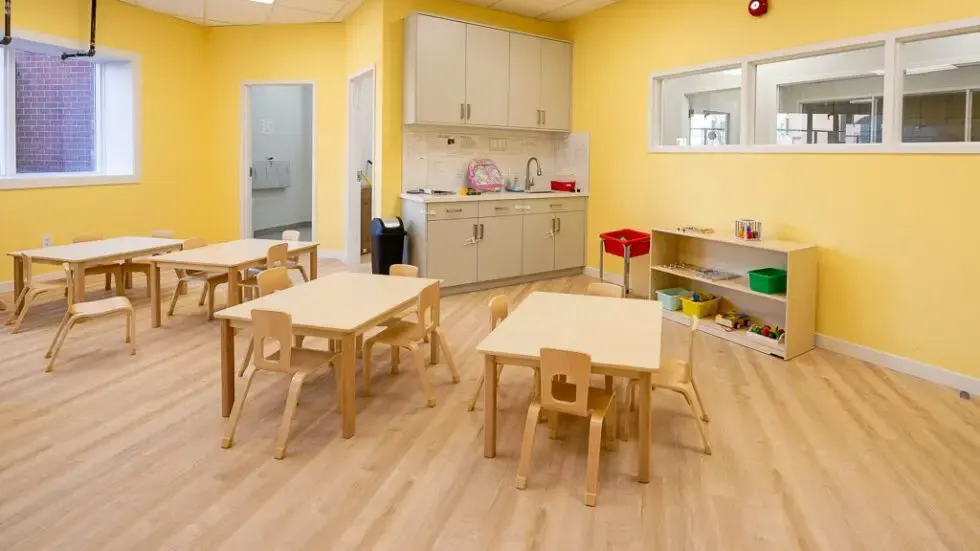

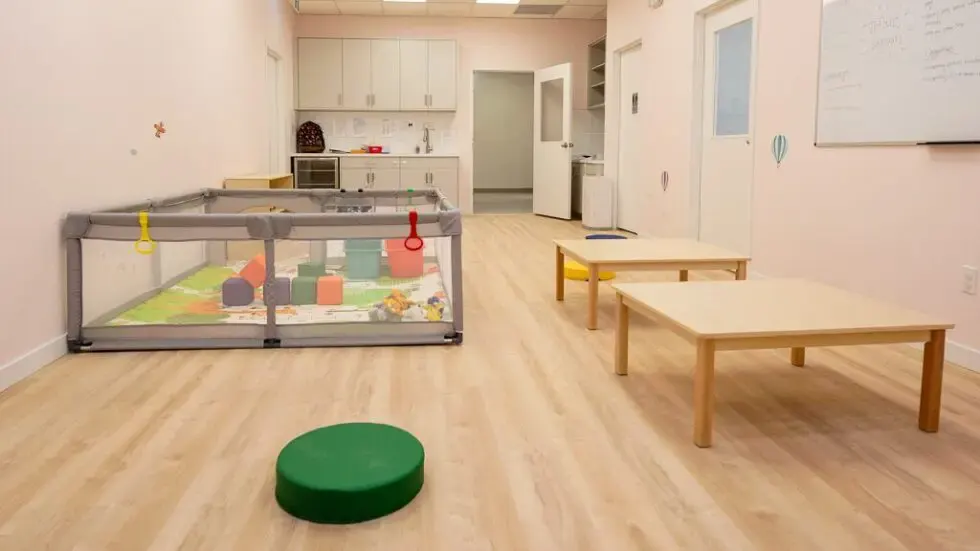
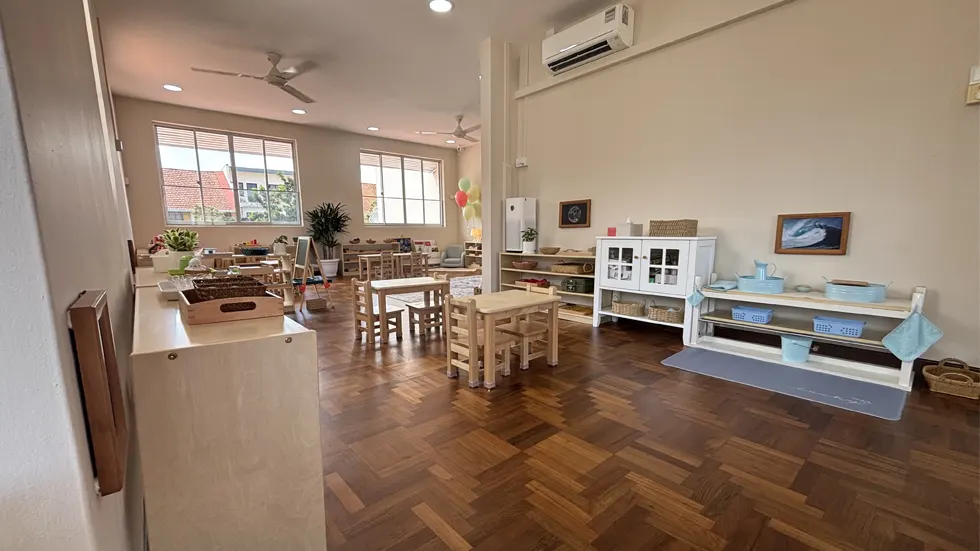
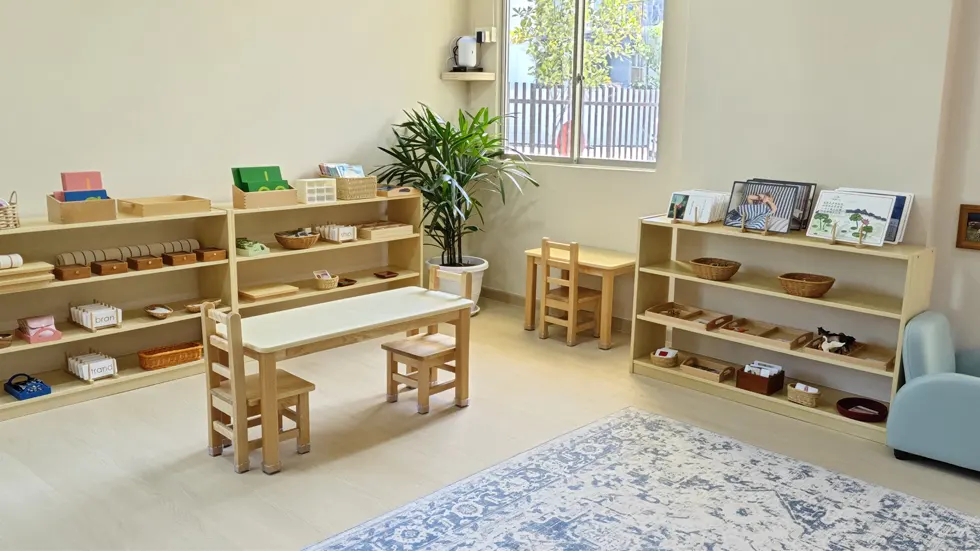

Click to view more of our customer cases.
These projects show that the environment shapes experience. The right space doesn’t just look beautiful; it supports your chosen values and methods. Whether you’re opening a new school or reimagining your existing classrooms, let these examples guide your vision and inspire a learning space where children truly thrive.

FAQ: Waldorf vs Montessori
1. Which is better for early academics, Waldorf or Montessori?
In the Waldorf vs Montessori comparison, Montessori is known for introducing academic concepts like math, reading, and science early through hands-on materials. Waldorf intentionally delays these subjects until age seven, focusing instead on play, storytelling, and artistic activities to build a strong emotional and creative foundation.
2. Which approach is more structured: Waldorf vs Montessori?
Montessori offers structure through the prepared environment and a precise sequence of learning materials, but children choose their work. Waldorf’s structure comes from a consistent daily rhythm led by the teacher, blending group activities with creative projects. Both are structured differently, so understanding Waldorf vs Montessori methods is vital before deciding.
3. Which Method Places Greater Emphasis on Creativity?
Waldorf education centers creativity as a core part of the curriculum, with daily activities in storytelling, drawing, painting, and music. Montessori encourages creativity through purposeful work and open-ended materials, but with a stronger focus on order and logic. Waldorf typically provides more space for imaginative exploration in the early years.
4. How can parents decide between Waldorf vs Montessori for their child?
Choosing between Waldorf and Montessori should be based on your child’s personality, learning style, and your family’s educational priorities. Montessori may be best if your child thrives on independence, early academics, and self-directed learning. Waldorf might be ideal if they flourish in a community-oriented, imaginative, and artistic setting.

